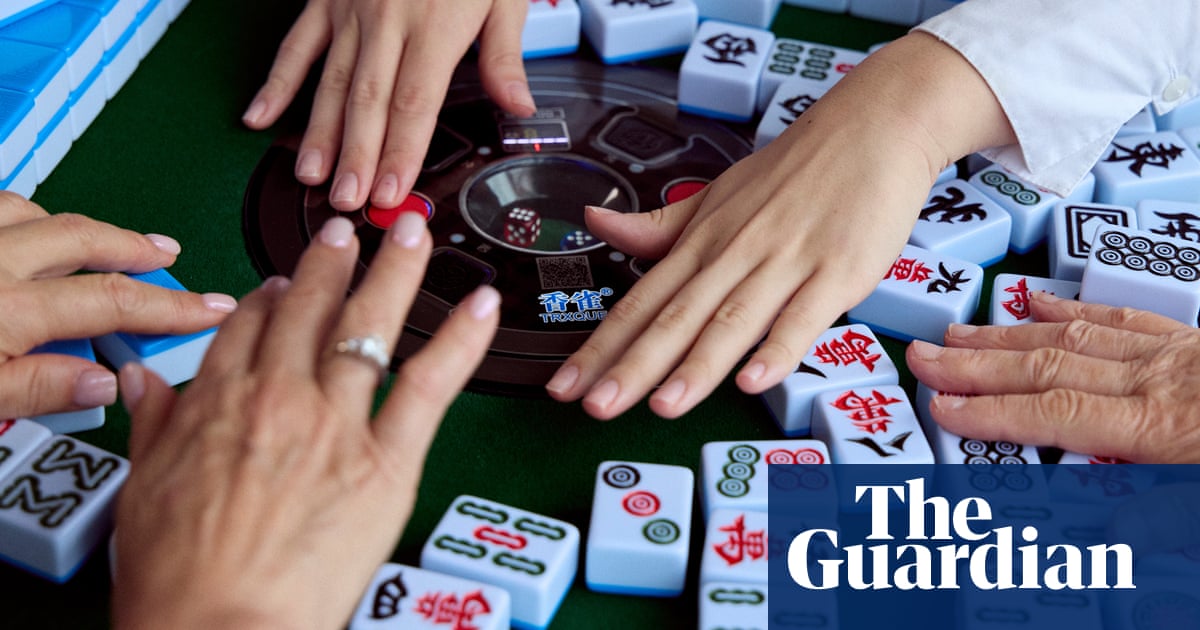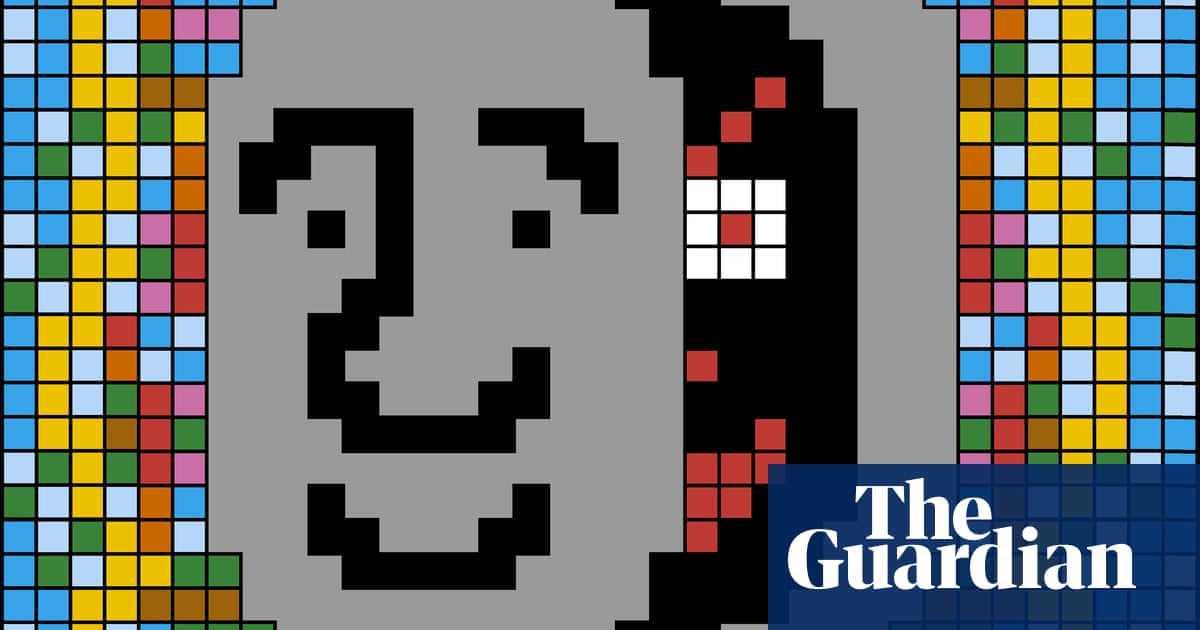Family mahjong nights are both a tradition and a regular occurrence for Katie Guan, 25, and Seshni McKowen, 26. But they are a little different from the ones their grandparents’ generation played with their elders. A soft electronic whirring fills the room instead of clacking sounds of tiles hitting the table, and hands are suspiciously still where once there would have been a flurry of washing (shuffling).
This is because Guan and McKowen have automatic mahjong tables, a new way of playing a centuries-old game.
It usually takes about 10 minutes to set up a game of mahjong, but that time is reduced to nothing with an automatic table.
“You just push all the tiles into the centre, it washes it for you and then you’re ready to play,” says McKowen.
Thought to have originated in the mid to late 1800s in China, mahjong is deeply entrenched in Chinese culture and passionately played around the world, with more than 40 known variations.
The game is played with 144 tiles, where four players take turns crafting winning hands – consisting of matching sets and pairs – by either placing a tile into the centre of the table to dispose of it, or drawing a new one from the wall of tiles around the table’s perimeter. Mixing strategy with luck, players can also take each other’s disposed-of tiles in order to complete their own sets.
Originally developed for professional tournaments, automatic tables are increasingly accessible to regular consumers – they can even be found at Costco.
Xueyan Song, a representative for sports equipment manufacturer Top One Mall in western Sydney, started stocking automatic mahjong tables in September 2024. Since then sales have risen by approximately 10% every month, more than doubling in under a year. Data from Horizon Research estimates the global automatic mahjong table market will reach US$2.5bn ($3.9bn) by 2032.
Automatic tables are much pricier than a classic setup, costing between $900 and $1,200, while non-automati tables can be as cheap as $130. Aside from saving time, automatic tables also have novel features: USB charging ports, cup holders and even in-built heating systems for players’ feet.
Both Guan and McKowen live in multigenerational households. For Guan’s family the frenetic game is at the centre of bonding time.
“Not even TV could bring us together,” says Guan. “And so mahjong is genuinely the only overlap between us.”
Guan’s 94-year-old grandmother likes to play with her, her brother and their mum. Although Guan and her brother speak Mandarin, their grandmother’s hearing is a communication barrier. When they play mahjong, Guan sees her grandmother light up.
“We don’t have to use words, we can still feel a sense of togetherness through playing,” says Guan.
Because the automatic table is easier to set up, the family plays more regularly. Now, one round of their game is 15 to 20 minutes long, down from at least half an hour.
Skipping the setup has also helped new people learn how to play, since players can solely focus on understanding the different sets and phrases – which are in Mandarin – rather than beginning with assembling the game.
after newsletter promotion
Family friend Chris joins Guan’s dinnertime game every week and has fallen in love with mahjong.
“He isn’t a super talkative person, so to see him enjoy something so thoroughly brought a lot of joy in us,” says Guan. “We’ve gotten really close over the years and he’s come to all our family’s celebrations. I love that it’s like I gained a new brother.”
McKowen’s family has also gone from playing once every so often to playing every day.
“We in Chinese say, if you want to know that person in more detail, you play mahjong with that person,” says McKowen’s 62-year-old mother, Ivy Fu. By playing, “you know their true colours”.
Since they started playing more regularly, McKowen has re-evaluated her understanding of her grandfather.
“I wasn’t interacting with him that much but when we started playing I noticed that he was a lot sharper in his mind … We were all kind of surprised about how sharp he was.”
Guan and McKowen acknowledge that something is lost when they play on an automatic table.
Guan misses being able to show off her proficiency. “Being able to build at the same pace as everyone else at the table was so exciting,” she says. McKowen enjoyed the teamwork that comes with setting the game up manually. She says that sometimes her family will still play the old-fashioned way, for that reason.
Despite this, she says that when they’re in the zone, they just want to get straight into the next round. As the games flow into one another so too do the conversations.
When I ask McKowen’s 92-year-old grandmother, Peizhi Wang, how she feels about being able to play with her granddaughter and daughter, I hear a bubble of laughter across the phone.
McKowen tells me they’re all smiling, and I think about what these three generations of women have learned about each other around the table. Finally Wang says: “It’s fun. Even if we don’t have enough time, we’ll play.”










